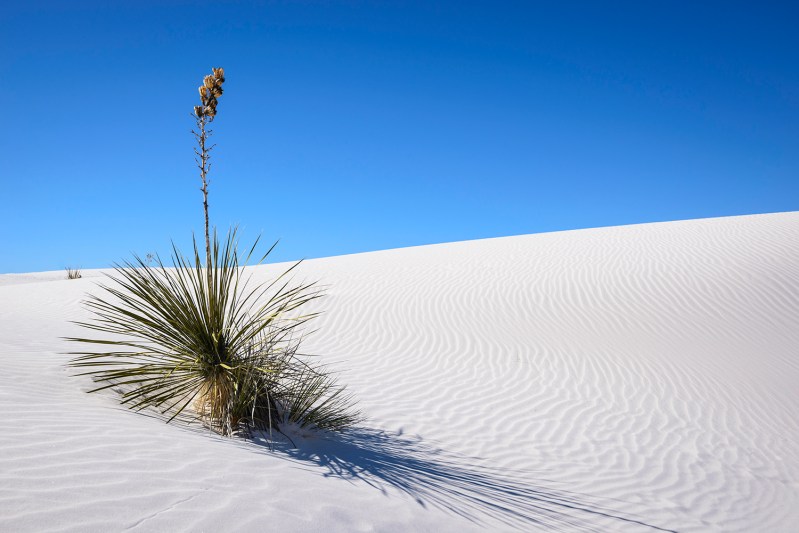From unexpected day closures to significant budget cuts to social media mutinies defying the White House, these are trying times for the U.S. National Park Service. There was some good news last year, however, with the official designation of two new national parks. The most recent addition, announced just last month, was White Sands National Monument.

The former monument — now officially White Sands National Park — covers 275 square miles of southern New Mexico. The majority of the land consists of the largest gypsum dune field on the planet, making it a true natural wonder. Its undulating, wave-like patterns create an otherworldly landscape that feels unique even among the deserts of the U.S. Southwest. The topography and weather conditions are extreme, providing a real draw for more adventurous hikers. In the summer, temperatures drop to the 60s at night and can exceed 100 degrees Fahrenheit during the day. In the winter, the mercury only ranges between 30 degrees and 60 degrees. Constantly blowing dust and sand create frequent white-out conditions. The wind can erase hikers’ footsteps in a matter of minutes, and GPS signals are sometimes unreliable.
With only around 600,000 visitors annually (comparably sized Zion National Park receives 4.3 million), White Sands is among the wildest and most pristine National Parks. There are no RV parks, campgrounds, or formal accommodations inside the park. However, the NPS allows for limited backcountry camping at designated sites in the heart of the dunes. Reaching the sites requires a mile-long trek from the only road that runs through the park. Although it’s not an official dark sky park, light pollution is minimal, making it one of the best places in the Lower 48 for stargazers to overnight.
The U.S. National Park Service (NPS) operates more than 400 “units” throughout the country, including National Historic Sites, National Seashores, and National Monuments. Only 62, however, are designated as National Parks. They’re the rarest and most protected NPS properties. In addition to White Sands National Park, three other parks received official designation in the last decade: Indiana Dunes, Missouri’s Gateway Arch, and California’s Pinnacles.
For an all-in-one, downloadable guide to White Sands and every other U.S. National Park, the free Chimani app is a must-have.



